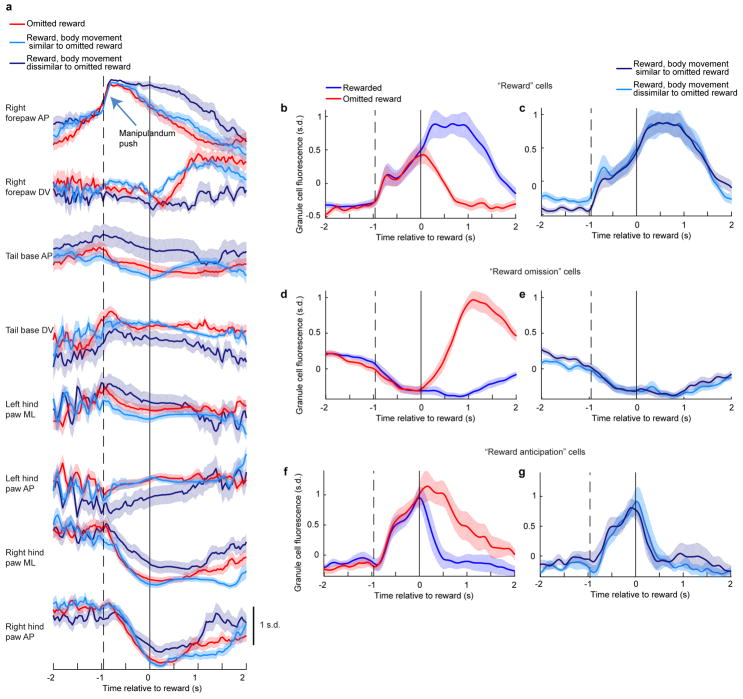Extended Data Fig. 4. Body movement does not explain reward signaling in granule cells.
We placed mice (n = 3) in a clear tube during imaging experiments and recorded video of their body movement from the right side and from underneath the animal (Video S2). a, For an example mouse, we computed the average body trajectory for each trial type: omitted reward, and the 25 trials most similar or most dissimilar to omitted reward body motion (Methods). AP, anterior-posterior, DV, dorsal-ventral, ML, medial-lateral. Motion on reward-similar-to-omitted-reward trials more closely matched motion on omitted reward trials than did motion on reward-dissimilar-to-omitted-reward trials. b–g, For reward cells, reward omission cells, and reward anticipation cells, despite robust signaling of reward outcome (b, d, f), higher similarity of body trajectory on rewarded trials to that on omitted reward trials did not result in cellular responses more similar to those on omitted reward trials (c, e, g), n = 21 reward cells, 41 reward omission cells, 10 reward anticipation cells (from n = 201 total granule cells analyzed from 3 mice). Therefore body movement is unlikely to be the cause of granule cell reward signaling. Dashed vertical lines denote average time of forelimb movement midpoint.

